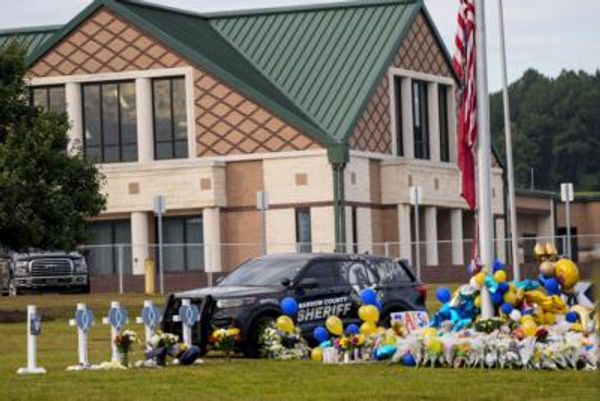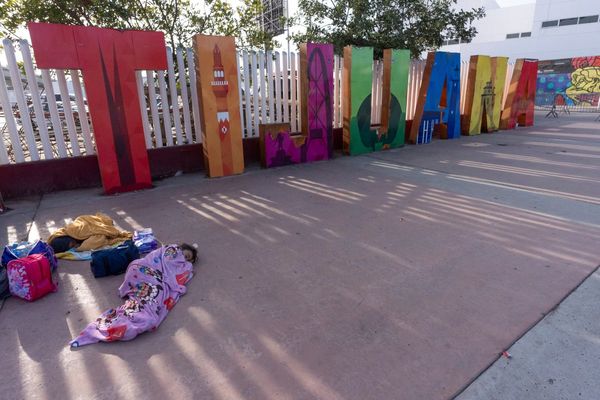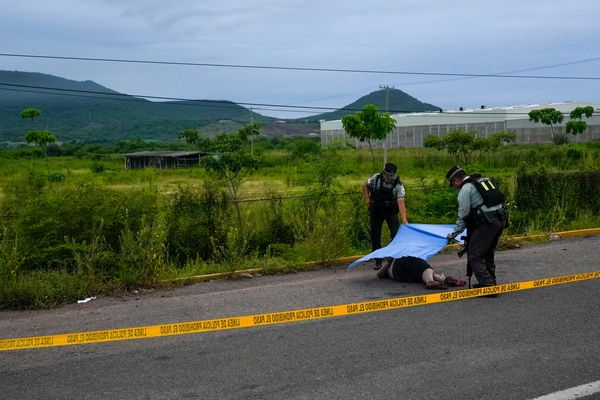
What was claimed
Women aged over 55 are the largest group experiencing homelessness.
Our verdict
False. Young people in the 25-34 age range are the largest group experiencing homelessness.
Federal Labor MP Michelle Ananda-Rajah has claimed women over the age of 55 are the largest group experiencing homelessness.
This is false. The age group with the most homeless people is men aged 25 to 34, based on 2021 census figures, when Australian Bureau of Statistics (ABS) data is categorised by both sex and age (table 1.12).
The Victorian MP made the claim during a discussion about Labor’s proposal to raise the JobSeeker rate for over-55s on ABC TV’s Afternoon Briefing program on May 2 2023. The proposal was confirmed in Labor’s budget on May 9.
“We do know that women over the age of 55 are actually the largest group experiencing homelessness right now,” Ananda-Rajah said (video mark 50 minutes and 10 seconds).
When asked by AAP FactCheck for evidence to support the claim, a representative for Ananda-Rajah said in an email the MP had meant to say women over 55 were the “fastest-growing group experiencing homelessness”.
The representative pointed to this September 2021 article on the University of Melbourne’s news research website Pursuit.
The ABS defines homelessness as any person living in improvised dwellings, tents or sleeping out, in supported accommodation, staying temporarily with other households, living in boarding houses, in other temporary lodgings or living in severely crowded dwellings.
The 2021 census found women aged 55 and over experienced homelessness at a rate of 19 people per 10,000, a slight fall from 20 per 10,000 in 2016. The total number of homeless women aged 55 and over was 7325 (see Table 1.12) in 2021, compared to 6866 in 2016.
In 2021, the group with the highest rate of homelessness was 19- to 24-year-olds, with 91 per 10,000. This was followed by 25- to 34-year-olds with 70 per 10,000.
Men aged 25-34 were the largest cohort with 14,408 homeless individuals in 2021 (see Table 1.12) .
These graphs on homelessness collated by the Centre for Social Impact from 2021 census data showed people under the age of 25 represented 37.4% of all homeless people (page three).

Professor Cameron Parsell from the School of Social Science at the University of Queensland told AAP FactCheck in an email the figures showed “younger people, both children and young adults, are the (one) largest section of the population who are homeless, and (two) highest proportion of homeless relative to population”.
Associate Professor Catherine Robinson, a housing and communities expert at the University of Tasmania, agreed: “Children and young people are the biggest group, young people in particular, are the largest cohort experiencing homelessness and the least able to identify affordable rental [properties] according [to] Anglicare Australia’s rental affordability snapshot [see page eight],” Robinson said in an email.
Older women in the specific 55-64 age group were the fastest-growing demographic experiencing homelessness between 2011 and 2016 compared with all other cohorts, based on original census data. This group grew by 51.1%, followed by men aged 25-35 which grew by 30.1%. The women over-55 group, as specified in Ananda-Rajah’s email, grew 28.8%.
The ABS told AAP FactCheck it later reclassified the number of people recorded as experiencing homelessness living in boarding houses for the 2011 census, which caused some figures to change.
These updated figures, released in the 2016 census datasets (see table 1.1), showed the number of women aged 55 and older experiencing homelessness increased by 31.2%, which makes them the fastest growing cohort only when compared with either other female age groups or males aged 55 and over.
This was confirmed by Australian National University demographer Dr Liz Allen.
Regardless, these figures have since been superseded by homelessness data from the 2021 census. When categories are broken down by age and sex, women aged 35-44 were the fastest-growing group, with a 19.6% increase. When just comparing age categories, the biggest increase was among children.
An ABS spokesperson said in an email that between 2016 and 2021, the largest overall rise in homelessness was among children under the age of 11, while the greatest proportionate rise was for people aged 12-18.
The number of children under the age of 12 experiencing homelessness increased by 1774 to 17,646, while homelessness among 12- to 18-year-olds jumped 13.5%. These figures were confirmed by both Allen and Margaret Reynolds, a data analyst and research fellow at Swinburne University of Technology.
Regardless, Parsell said focusing on the largest or fast-growing cohorts could divert attention away from other groups: “We need to focus on how homelessness is an undignified, unsafe and disabling experience, for all people.
“The data from Australia, including from the 2021 census, shows that homelessness occurs to people across the gender, cultural, and life course. What this means is that homelessness is produced by our failing housing and social system.
“Although we should focus on homelessness as the result of a failure to provide affordable housing for all people based on no other reason than their humanity, the data continuously shows that homelessness disproportionately occurs among people who society fails in multiple ways.
“We see this injustice starkly in the rates of First Nations people who experience homelessness at disproportionate rates.”
The number of Aboriginal and/or Torres Strait Islander people experiencing homelessness rose 6.4% to 24,930 people between 2016 and 2021.
The ABS stated the 2021 census was held while pandemic-related restrictions were in place and so homelessness estimates reflected “the unique accommodation circumstances of people at the time“.
The size of some homeless cohorts including young people, Indigenous Australians and those displaced due to domestic or family violence were likely to have been underestimated, the ABS noted.
AAP FactCheck has addressed other claims about homelessness here, here and here.
The verdict
The claim women over 55 are the largest group experiencing homelessness is false. Men aged 25-34 are the largest homeless cohort, 2021 census data shows.
The claim older women are the fastest-growing homeless demographic is also incorrect. The latest data shows the fastest-growing groups experiencing homelessness are women aged 35-44 and children.
False. The claim is inaccurate.
This piece was originally published by AAP FactCheck.
AAP FactCheck is an accredited member of the International Fact-Checking Network. To keep up with our latest fact checks, follow us on Facebook, Twitter and Instagram.
For anyone seeking help, Lifeline is on 13 11 14 and 1800 RESPECT is on 1800 737 732. Kids Helpline is on 1800 55 1800 (for people aged five to 25). In an emergency, call 000.







